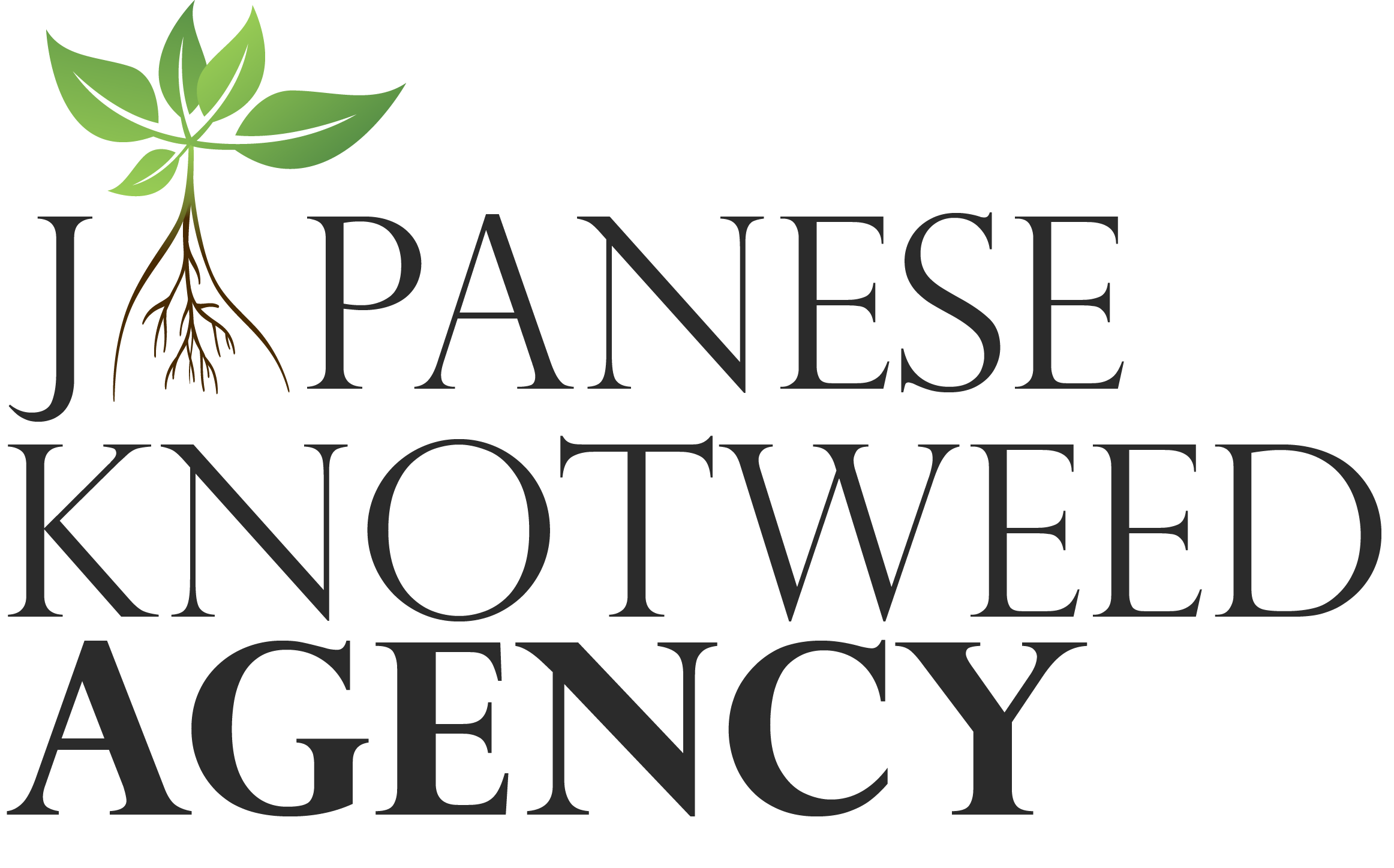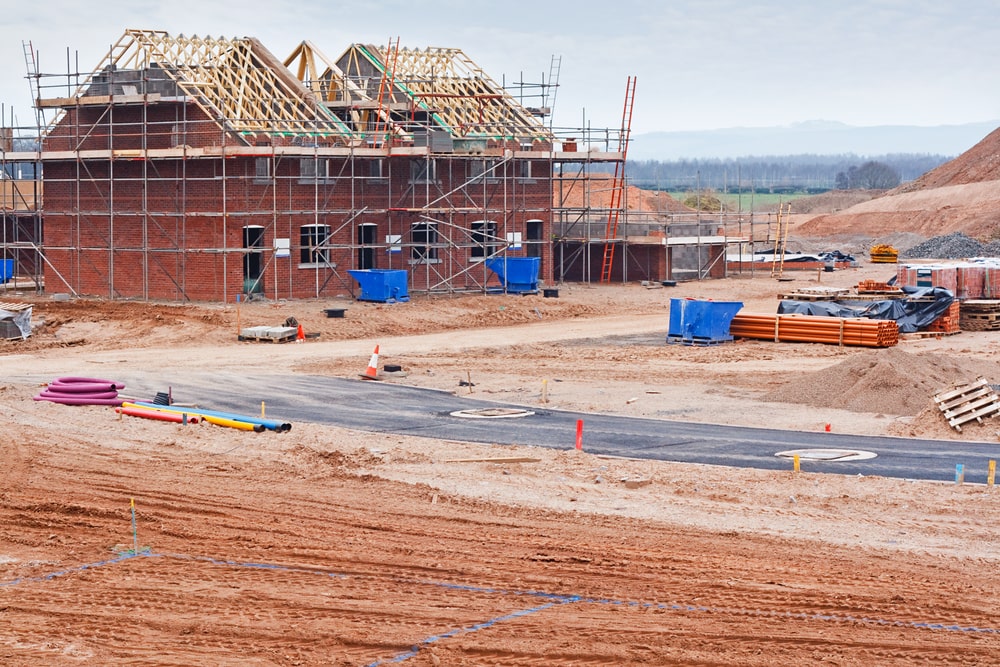There are legal, technical, and financial issues that must be addressed.
Developing a site with Japanese Knotweed
We are often asked: “What are the Legal, Technical and Financial Issues associated with developing a site without having first achieved complete removal of Japanese Knotweed?”
If you have a site you intend to develop you should completely remove the Knotweed before any construction works commence. Removal is also known as ‘dig and dump’ and this removal process is extremely expensive.
Japanese Knotweed is simply one of those things in property building that should not be brushed under the carpet with a botched attempt at removal, unless of course you want to incur delays and major expense at a later stage. While it may seem like a large task to remove Japanese Knotweed, you are far better sorting the problem out at the beginning, before any works start. There are a number of Japanese Knotweed removal methods that can be used to ensure complete removal.
If you do not fully remove the Japanese Knotweed and build and the Japanese Knotweed returns, the property developers would almost certainly be looking at claims against them from the homebuyers.
Removal or Control?
Many attempts at “controlling” Japanese Knotweed are counterproductive. They kill off some of the plant, leaving the majority of the rhizome system below ground in a state of temporary dormancy, ready to resurface when you least expect it, and it is reported that Knotweed can stay dormant for up to 15 years. There may be no obvious evidence of the Knotweed above ground, but you can be pretty sure that viable rhizomes remain underground. This is what we see in a lot of DIY attempts. The plant looks dead, but it is in fact dormant.
Imagine a development site where viable Knotweed rhizomes remain hidden in the ground, possibly to a depth of 2m or more, having laterally spread into areas you might think are unaffected. Once you disturb these soils whether by ignorance, accidently or intentionally, you would almost certainly fragment and spread the Knotweed rhizomes to other areas of your site. This would significantly increase the scale of the problem, and hence the cost of remediation.


